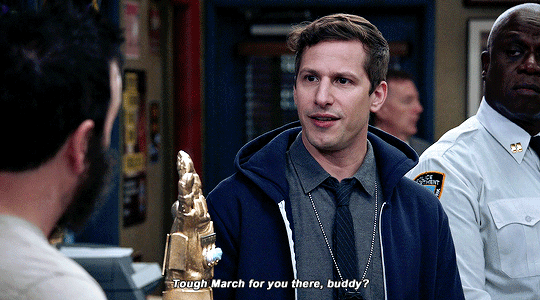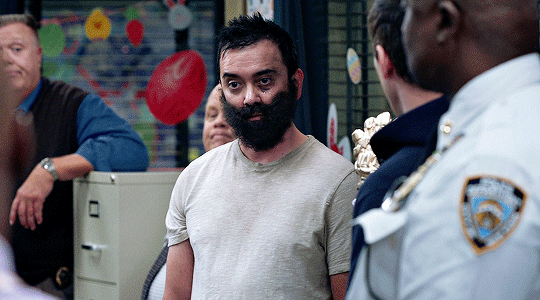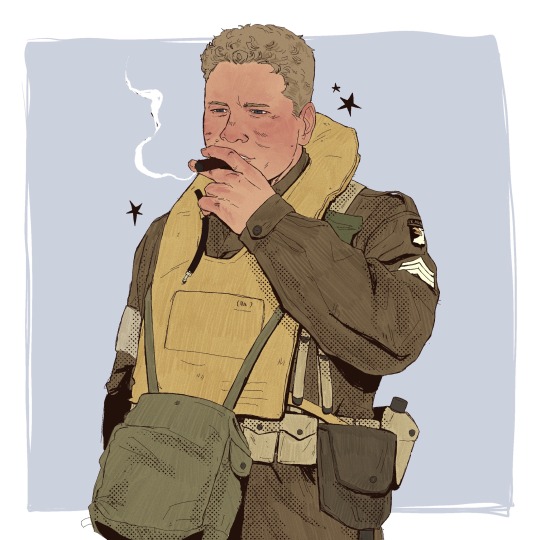she/her- history student - wanna be fic writer - FUCK Cancer - istg I don't know what im doing- if u happen to find fics here, be warned they are my non-beta'd daydreams in text format and hence make little sense. interested in Henry Cavill- ben Barnes- Chris Evans -triple frontier - MCU - dc - 18+
Don't wanna be here? Send us removal request.
Text


hey does anyone wanna do the funniest thing ever
42K notes
·
View notes
Text
tumblr users love reading. you literally stopped for this post just because it has words in it
234K notes
·
View notes
Text
nobody say a fucking word about tumblr we can’t remind these billionaires we exist
61K notes
·
View notes
Photo




















“Whatever happened to T-shirt Medusa?” by J. Richmond
Whew. 60 panels in 3 days. This is the longest “24 Hour comic” I’ve ever done (And of course it doesn’t count as a 24 Hour Comic at all because it took 3 days). As a point of reference, I usually do 8 Modest Medusa strips each month. So this is 15 comics worth of panels, or about 2 whole months of Modest Medusa strips.
This one is a deep dive. 6 or 7 years ago I launched a “t-shirt of the month” project created the character “T-shirt Medusa” to promote it. T-shirt Medusa starred in a few promotional strips that appeared in 2016 and 2017, where she would mysteriously show up to taunt Modest (the main character of my comic) into buying a shirt (I incorporated two of those strips into this comic). I had kind of sort of thought I’d maybe offer a canonical explanation for this someday, and that thought eventually turned into this comic. Obviously not canon.
This comic is more about me and my uncertainties, fears and anxiety over the last few years than anything else, but I think maybe a lot of you can find something relatable here. I came up with the idea for this comic during the most recent Modest Medusa Kickstarter when I thought that project wasn’t going to fund and I suddenly realized I had no idea what I was going to do with myself if I couldn’t make a living doing Modest Medusa anymore after 12 years. The project did fund, but that feeling of dread has lingered. I’ve decided to try to learn from it.
This comic takes its name from the classic Superman story “Whatever happened to the Man of Tomorrow?” It was created for the new 48 Hour Modest Medusa book. Which is available now on my site.
No plans for new t-shirts. Well… maybe. More Modest Medusa here.
4K notes
·
View notes
Text
I want you to remember:
The fascists hate you too and they just will pretend otherwise until after they've killed the rest of us, before they turn on you.
191K notes
·
View notes
Text
musk is going to die in a Tesla explosion in 6 months after sticking his nose where it doesn't belong and we will never get a conclusive answer on whether it was a CIA car bomb or just a normal Tesla malfunction
184K notes
·
View notes
Text
*captain price being tired, exhausted, and himself....
✨ manifesting ✨
0 notes
Text
Returning to roots.
(going back to captain Sy fanfiction)
4 notes
·
View notes
Text
fuuuuck that is my circus. are those…? yep… those are my monkeys….. goddammit.
127K notes
·
View notes
Text
fanfiction isn’t enough, I need to chew on him
19K notes
·
View notes









